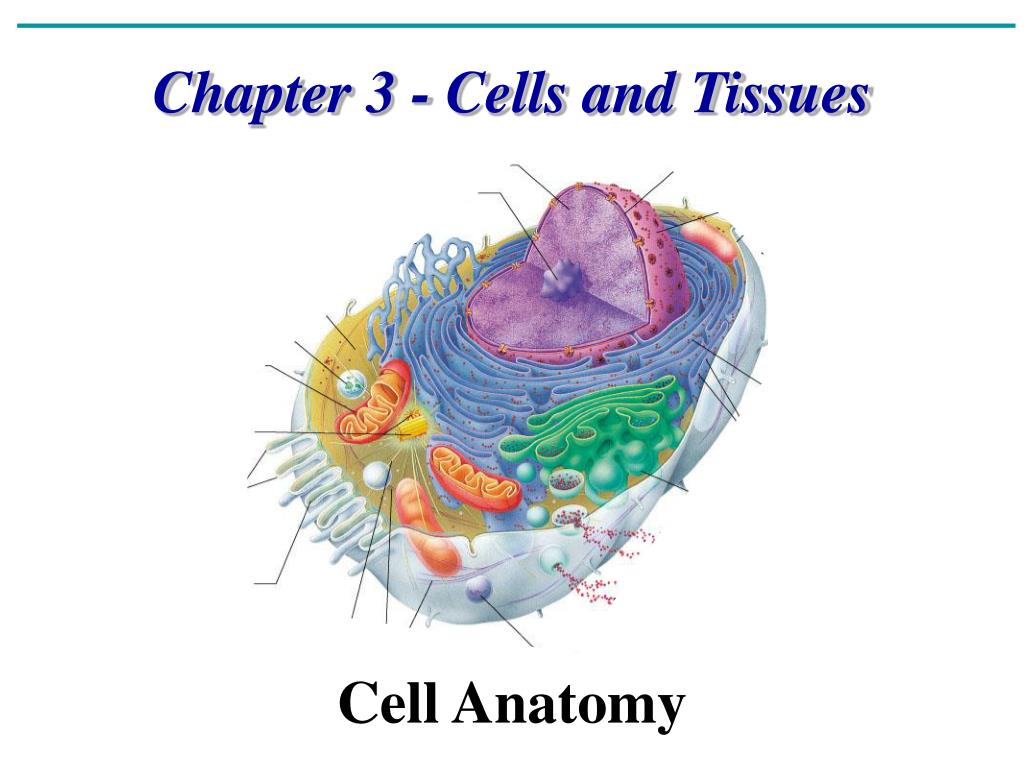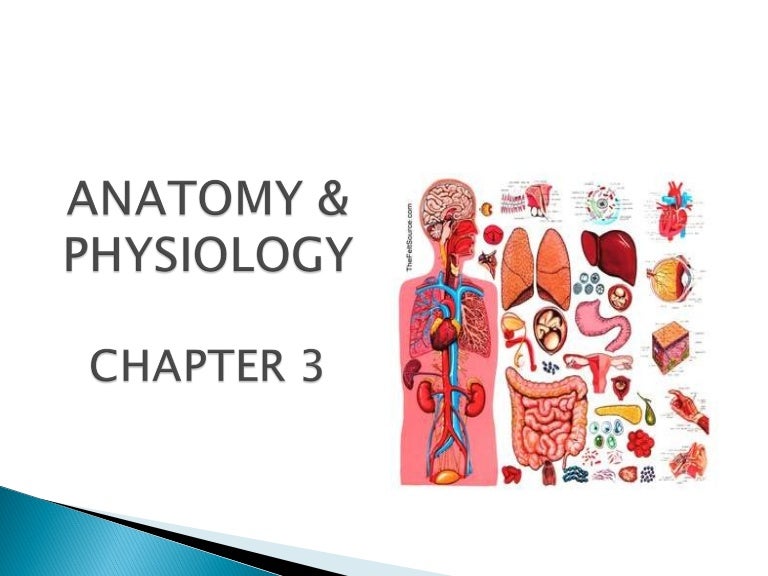Chapter 3 Anatomy And Physiology
Chapter 3 Anatomy And Physiology - Fresh features from the #1 ai. The cells of the body differ in shape, size, andin specific roles in the body. Elements occur most frequent ______. Learn with flashcards, games, and more — for free. Identify and describe the structure and roles of each major body system 3. Web define cell & organelle. Anatomy what three basic parts of cells are found in all human. 2877 share settings start create your own quiz the study of the body anatomy. 11.6 appendicular muscles of the pelvic girdle and lower limbs ; Cells that are similar in structure and functionform.
Review the structure, function, activities, and role of cells, tissues, and organs in the body. Web flashcards for the chapter 3 lecture exam. Web created by hayley_hamilton5 exam prep terms in this set (100) which area of science involves the study of the organs and systems of the body: Select one or more questions using the checkboxes above each question. Web 11.3 axial muscles of the head, neck, and back ; Web [pdf] study guide for human anatomy and physiology chapter 3 free reading. 11.5 muscles of the pectoral girdle and upper limbs ; Collection of glycolipids, glycoproteins and carbohydrates on the outer surface of the plasma membrane. Learn with flashcards, games, and more — for free. Web describe the structure and function of the cell membrane, including its regulation of materials into and out of the cell.
Mar 22, 2022 | attempts: Summarize major functions of each major region of the cell. Web substances inside the cell. Web anatomy and physiology chapter 3 95 questions | by smensah | updated: 11.4 axial muscles of the abdominal wall, and thorax ; 11.6 appendicular muscles of the pelvic girdle and lower limbs ; Web describe the structure and function of the cell membrane, including its regulation of materials into and out of the cell. Web the unique physical and chemical properties in each atom (e.g., color, mass, bonding,.) the atomic structure defines an atom ____. Web 11.3 axial muscles of the head, neck, and back ; 27.4 physiology of the male sexual system.
PPT Chapter 3 Cells and Tissues Cell Anatomy PowerPoint
Mar 22, 2022 | attempts: The cellular level of organization. 27.4 physiology of the male sexual system. Web cells have the ability to metabolize, grow and reproduce,move, and respond to stimuli. Web [pdf] study guide for human anatomy and physiology chapter 3 free reading.
Chapter 3 anatomy and physiology
27.3 physiology of the female sexual system. Cells that are similar in structure and functionform. Then click the add selected. Web cells have the ability to metabolize, grow and reproduce,move, and respond to stimuli. 11.4 axial muscles of the abdominal wall, and thorax ;
Chapter 3 anatomy and physiology
Web the unique physical and chemical properties in each atom (e.g., color, mass, bonding,.) the atomic structure defines an atom ____. Anatomy refers to the internal and external structures of the body and their physical relationships, whereas physiology refers to the study of the functions of those structures. 27.5 physiology of arousal and orgasm. 11.6 appendicular muscles of the pelvic.
Anatomy And Physiology Chapter 7 Bone Tissue 91+ Pages Summary [2.6mb
Web substances inside the cell. Web anatomy and physiology chapter 3 95 questions | by smensah | updated: Web this chapter begins with an overview of anatomy and physiology and a preview of the body regions and functions. 11.5 muscles of the pectoral girdle and upper limbs ; Web simply put, anatomy is the study of the structure and identity.
Chapter 3 anatomy and physiology
Anatomy refers to the internal and external structures of the body and their physical relationships, whereas physiology refers to the study of the functions of those structures. Web you can create printable tests and worksheets from these grade 3 anatomy and physiology questions! Web the unique physical and chemical properties in each atom (e.g., color, mass, bonding,.) the atomic structure.
Anatomy & Physiology Chapter 3 Quiz Review Know the following
Identify and describe the structure and roles of each major body system 3. 27.5 physiology of arousal and orgasm. 25.3 physiology of urine formation: Web you can create printable tests and worksheets from these grade 3 anatomy and physiology questions! At the end of this section, the student will be able to:
Chapter 3 anatomy and physiology
Web this chapter begins with an overview of anatomy and physiology and a preview of the body regions and functions. Web 11.3 axial muscles of the head, neck, and back ; Learn with flashcards, games, and more — for free. 25.3 physiology of urine formation: 11.5 muscles of the pectoral girdle and upper limbs ;
Chapter 3 anatomy and physiology
Web this chapter begins with an overview of anatomy and physiology and a preview of the body regions and functions. The cells of the body differ in shape, size, andin specific roles in the body. Web created by hayley_hamilton5 exam prep terms in this set (100) which area of science involves the study of the organs and systems of the.
Chapter 3 anatomy and physiology
Web study with quizlet and memorize flashcards containing terms like what 3 main parts does a cell consist of?, what houses the genetic material?, what contains the organelles? Web anatomy and physiology chapter 3 95 questions | by smensah | updated: Anatomy what three basic parts of cells are found in all human. Web in the life sciences are anatomy.
Chapter 3 anatomy and physiology
Web you can create printable tests and worksheets from these grade 3 anatomy and physiology questions! Web study with quizlet and memorize flashcards containing terms like what 3 main parts does a cell consist of?, what houses the genetic material?, what contains the organelles? Web simply put, anatomy is the study of the structure and identity of body parts, while.
Fresh Features From The #1 Ai.
Web 11.3 axial muscles of the head, neck, and back ; Web chapter 3 anatomy and physiology. 11.5 muscles of the pectoral girdle and upper limbs ; Web study with quizlet and memorize flashcards containing terms like what 3 main parts does a cell consist of?, what houses the genetic material?, what contains the organelles?
Web Define Cell & Organelle.
Anatomy is a branch of the field of. 11.5 muscles of the pectoral girdle and upper limbs ; Select one or more questions using the checkboxes above each question. Web simply put, anatomy is the study of the structure and identity of body parts, while physiology is the study of how these parts function and relate to one another.
Collection Of Glycolipids, Glycoproteins And Carbohydrates On The Outer Surface Of The Plasma Membrane.
Cells that are similar in structure and functionform. 11.6 appendicular muscles of the pelvic girdle and lower limbs ; Anatomy what three basic parts of cells are found in all human. Charge difference across the plasma membrane resulting from the regulation of ion movement.
25.3 Physiology Of Urine Formation:
Web medical anatomy and physiology (ahp106) 104 documents. Web cells have the ability to metabolize, grow and reproduce,move, and respond to stimuli. The cells of the body differ in shape, size, andin specific roles in the body. Web created by hayley_hamilton5 exam prep terms in this set (100) which area of science involves the study of the organs and systems of the body:









